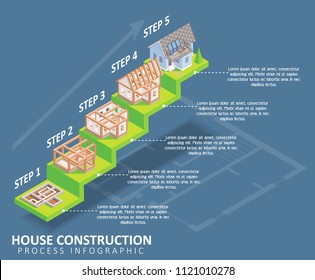A Home Owner'S Journey: A Step-By-Step Guidebook For Transitioning To Solar Energy
A Home Owner'S Journey: A Step-By-Step Guidebook For Transitioning To Solar Energy
Blog Article
Write-Up Produced By-Beatty Adamsen
If you're considering going solar, it's important to come close to the process with a clear plan. Begin by understanding your power requirements and exactly how they might alter in the future. Then, you'll wish to explore the various planetary systems available to discover the most effective fit for your home. When you have a grasp on that particular, funding your installation comes to be the following crucial step. However what should you remember as you move on?
Assessing Your Energy Needs and Goals
Exactly how can you identify the right solar remedy for your home? Start by evaluating your current power usage. Consider your utility bills over the past year to identify patterns in use.
Next, consider your goals. Do you wish to lower your electrical energy expenses, rise energy self-reliance, or minimize your carbon footprint?
Once you've determined your purposes, think about your home's certain attributes, like its roof covering dimension and alignment. This'll help you approximate just how much solar energy you can harness.
In addition, consider future energy demands, such as potential home growths or the addition of electric vehicles.
Selecting the Right Planetary System
When it concerns selecting the best planetary system for your home, where do you begin? Initially, consider your energy needs. Evaluation your previous utility expenses to determine just how much energy you eat.
Next, think about the system kind that fits your way of living: grid-tied, off-grid, or crossbreed. Grid-tied systems are prominent for their cost-effectiveness, while off-grid systems provide freedom.
After that, assess the solar panel types-- monocrystalline, polycrystalline, or thin-film-- based on effectiveness and budget plan.
Do not neglect to consider your roof's positioning and shading, as these affect system efficiency.
Lastly, research reliable solar installers in your location, reviewed reviews, and ask for quotes. Choosing the appropriate system establishes the structure for your solar trip and future energy cost savings.
Financing Your Solar Installment
While browsing the path to solar power, comprehending your financing alternatives is critical for making an informed decision. You have actually obtained a couple of choices to take into consideration: cash acquisitions, financings, and leases.
If you can pay ahead of time, you'll conserve the most over time. Nonetheless, if cash flow is a worry, solar car loans can help spread out the price over numerous years while still allowing you to benefit from motivations.
Leasing uses a low in advance expense however may restrict your savings. https://solar-panel-inverter-cost98021.blog-eye.com/34597706/the-future-of-power-checking-out-the-surge-of-residential-solar-solutions ignore offered tax obligation credit scores and refunds that can substantially reduce your general expenditure.
Require time to study and compare different financing choices to locate what suits your spending plan and long-lasting goals best. Your solar trip starts with smart economic planning!
Verdict
By following this step-by-step overview, you're well on your means to going solar and accepting renewable energy. Begin by examining your power needs and picking the appropriate system that fits your lifestyle. Do not neglect to check out funding options that make good sense for you. With just click the next website page and recurring upkeep, your solar trip will certainly not only benefit your home but additionally add favorably to the environment. Get ready to take pleasure in the cost savings and sustainability that solar power brings!
